
Calvary Reconnaissance Troop
Mission: The Calvary Reconnaissance Troop, mechanized, infantry division, is organized, equipped and trained to perform reconnaissance missions.
It is the mobile reconnaissance element available to the division commander.
The troop performs close and battle reconnaissance within zones or areas, or along designated routes or axes.
It performs distance reconnaissance exceptionally.
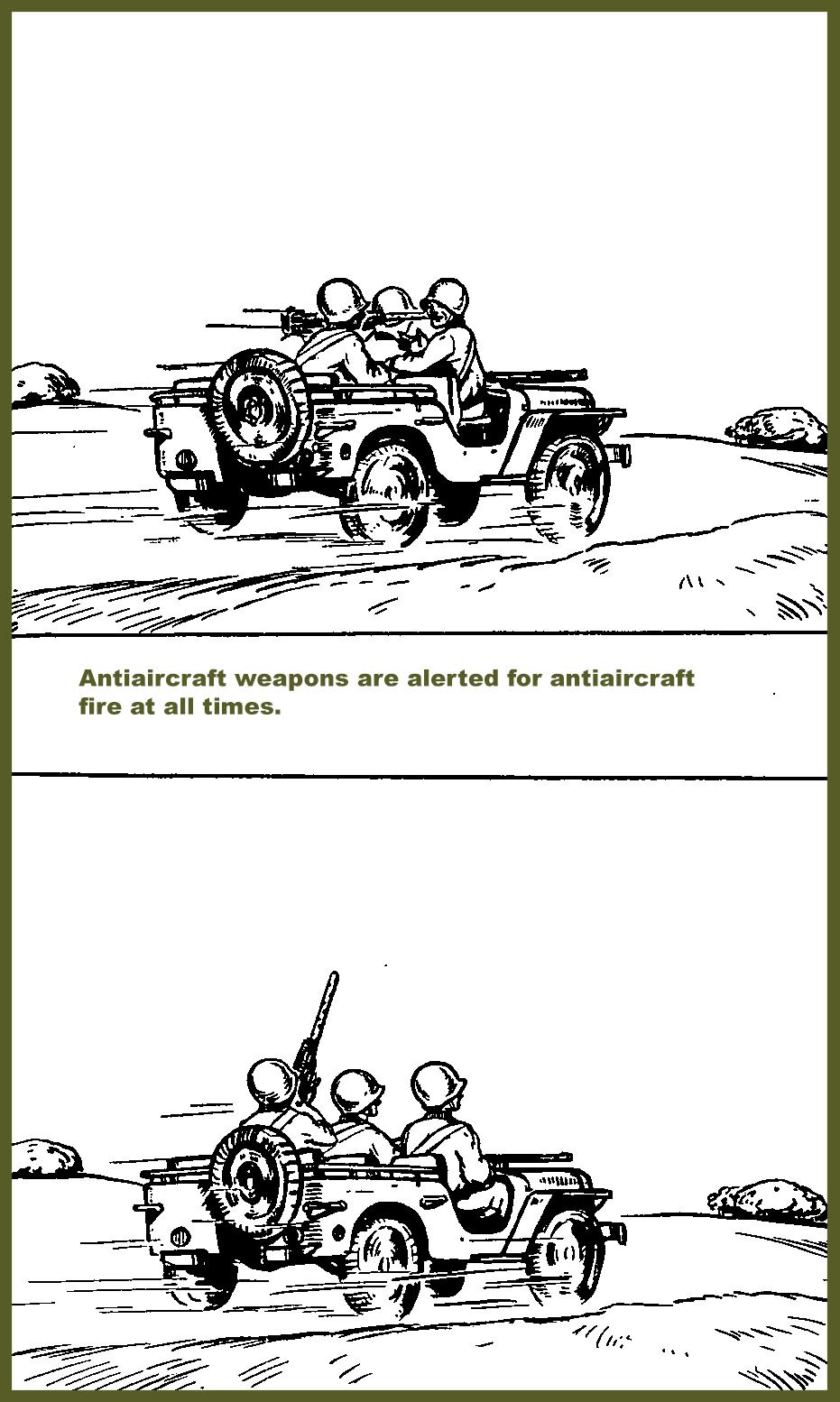
Method of operation: The troop employs infiltration tactics, fire and maneuver to accomplish reconnaissance missions.
It engages in combat only to the extent necessary to accomplish the assigned mission and to avoid destruction or capture.
The troop should be reinforced before departing on a mission when sustained combat or the crossing of obstacles is anticipated. Infantry, field artillery, tanks, tank destroyers, and engineers are suitable attachments.
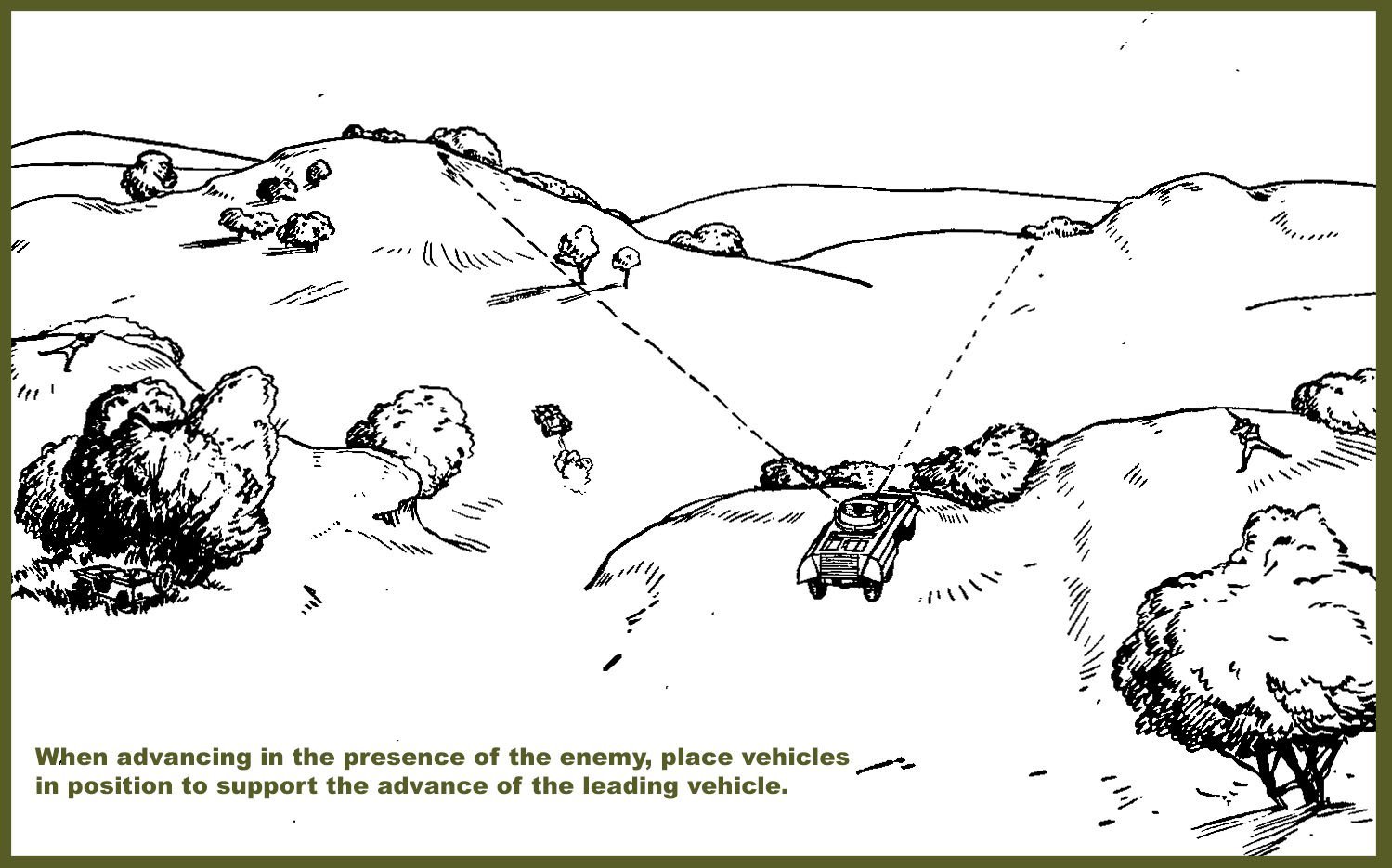
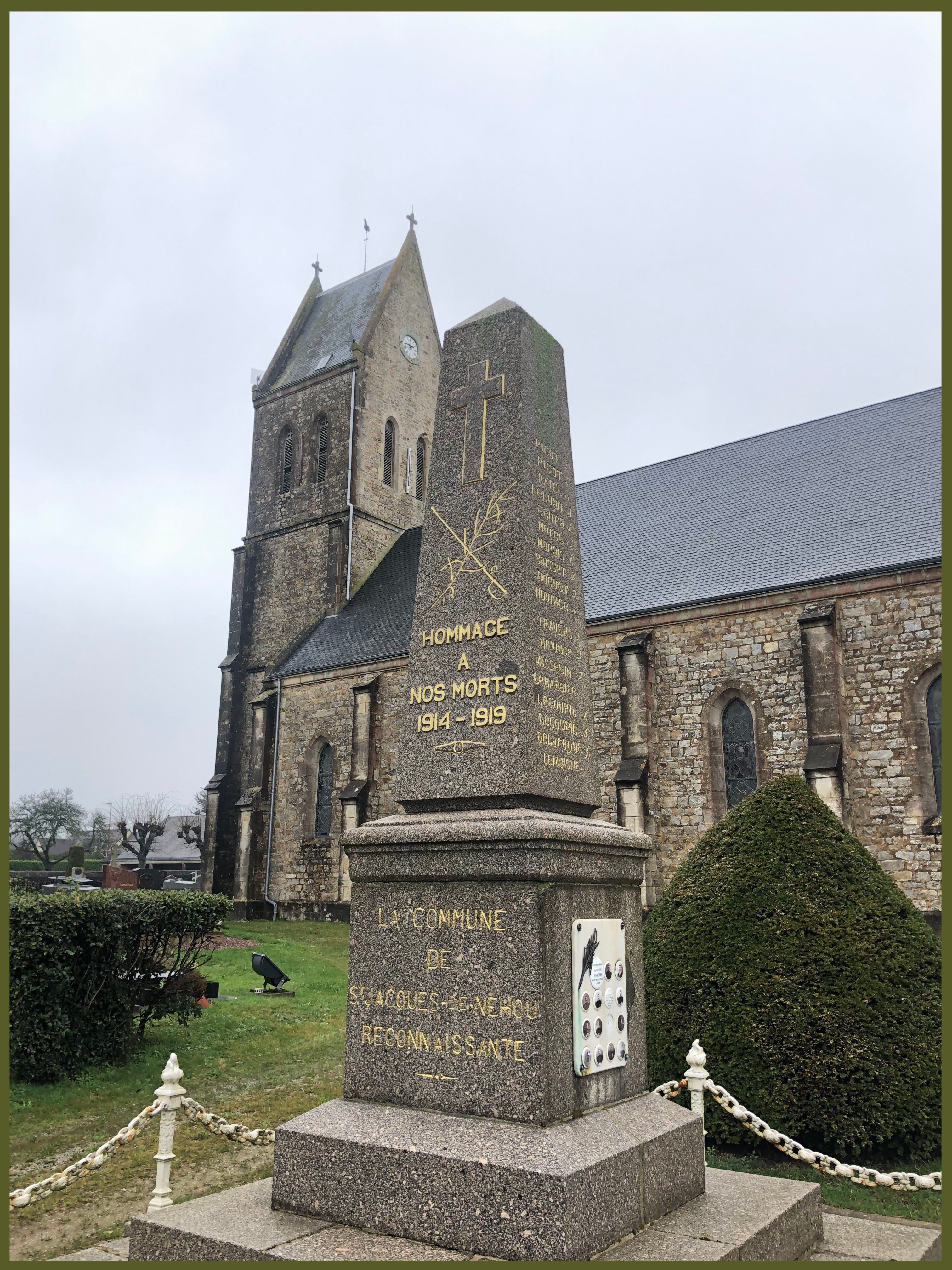
After the heavy battles for Fortress Cherbourg, the 79th Cavalry Reconnaissance Troop had the privilege to enjoy two days, the 1st and 2nd of July 1944 to rest at Saint-Jacques-de-Néhou. On the 3rd of July, men were back into action…
The 2nd Platoon set up and maintained an Observation Point along the coast line, the 1st Platoon was given the mission to protect the right flank of the 79th Infantry Division. Even if Cherbourg had fallen, it was only the beginning of the battle of Normandy.
The advance through the county was slow due to blown bridges and scattered vehicles along the main roads and inland roads. Trying to pass by the village of Denneville, 1st Platoon with a section of the 2nd encountered a large number of German riflemen just before the village.
Germans and Americans started to fire at each other, finally the German soldiers retreated. This skirmish wounded Private Hugh D. Hareford and Private First-Class V. Kimbrell paid the ultimate sacrifice.
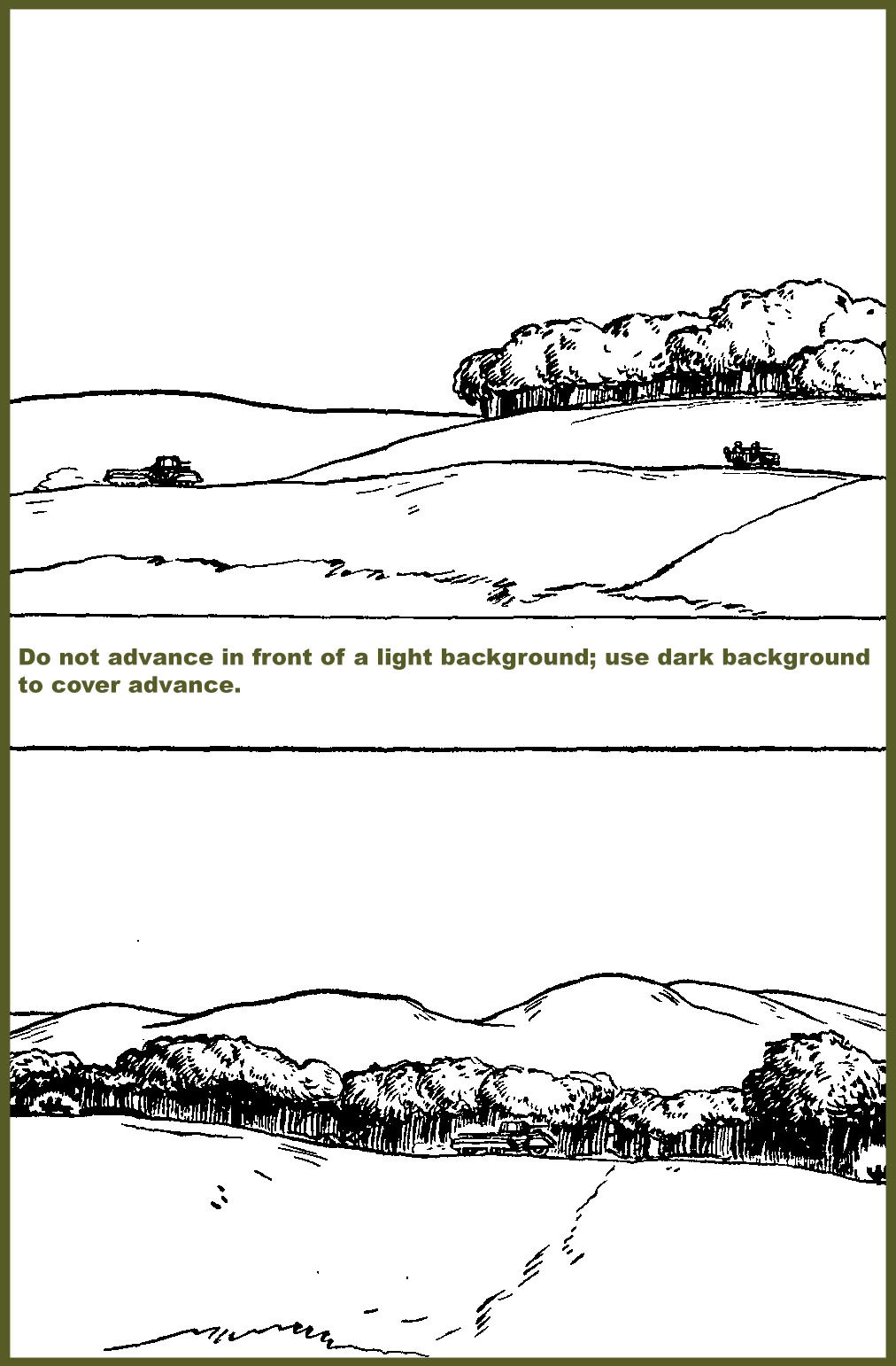
On the 4th of July 1944, the 3rd Platoon was South of the city of Portbail. Men of the platoon captured a German non-commissioned officer (NCO) plus seven laborers. While the NCO was surrendering, he accidentally stepped on one of his own anti-personnel mines, losing his right foot!
Later in the day, the 3rd Platoon encountered the main enemy force at Saint-Rémy-des-Landes. 1st Platoon was still mopping areas for the Infantry Regiments, men proceeded to Saint-Rémy-des-Landes but the enemy was waiting for them, fortunately no American soldier was wounded or killed. Men of the Platoon decided to withdraw, then joined the 106th Cavalry Regiment. Twice during that day the 1st Platoon had to deal with the enemy fire. Upon its arrival in the 106th Cavalry Regiment’s area, German antitank guns and riflemen supported by mortars started to deliver hell. Thanks God not a single man was wounded or killed. Only Private First-Class E. Skelly, Medical attendant of the 2nd Platoon was slightly wounded by a shell fragment that day. Worst he was not wounded during combat but during a reconnaissance mission for a bivouac area.
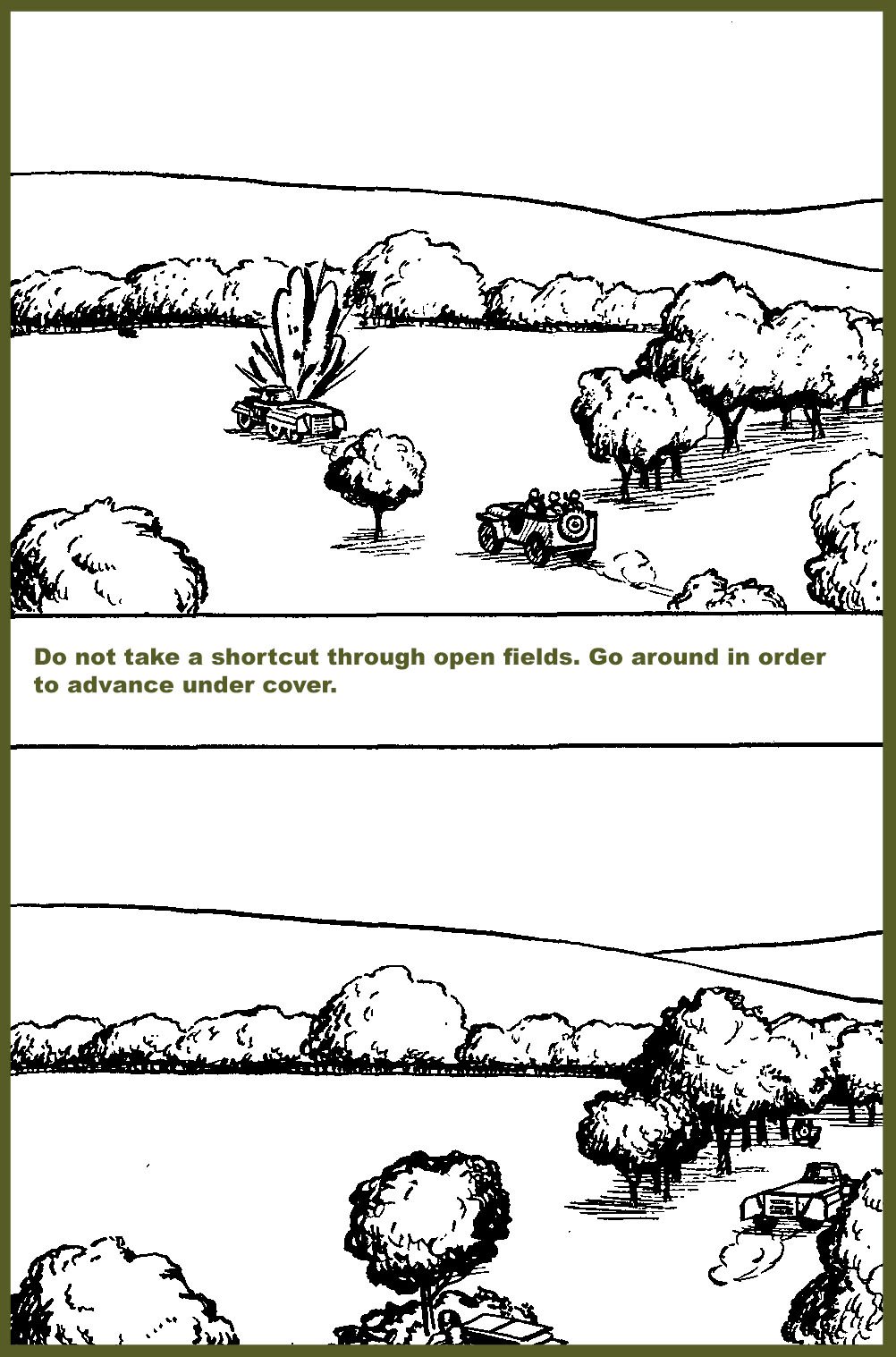
On the 5th of July 1944, 3rd Platoon decided to send patrols to reconnoiter the woods and open country toward the city of Montgardon. 1st Platoon was further to the South on the right flank of the Division but minefields, antitank guns and German soldiers slowed down their advance. As men of the 1st Platoon were outnumbered, they decided to withdraw. The 3rd Platoon arrived to relieve them by firing artillery shells. Patrols were sent onto frontlines, three German soldiers were made prisoners of war. The 2nd Platoon suffered another casualty on that day, Private First-Class Donald O. Weasley was wounded in the vicinity of Glatigny.
During the next days, three patrols were sent to reconnoiter the areas ahead of the Division. One came across the 315th Infantry Regiment’s area and saved 8 riflemen who were seriously wounded.
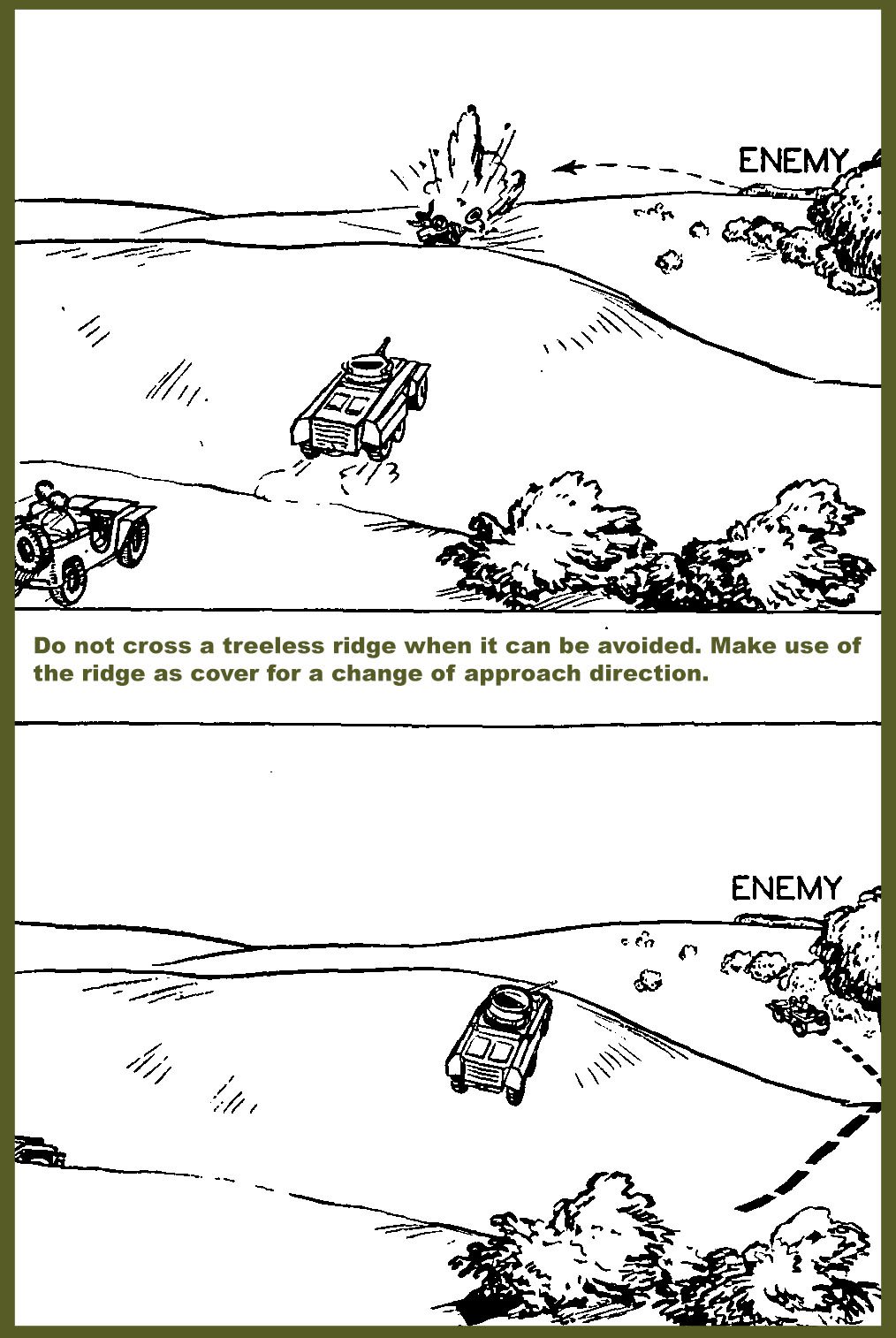
During two days, 8th and 9th of July 1944, the 2nd Platoon was in the outskirts of Glatigny, precisely one half mile from the main enemy emplacement. This enemy position was composed of artillery guns which were firing on them for the last two days. Men decided to pass by another way to enter into the town, at two hundred yards a minefield initially stopped them. It was not difficult for those experts to secure it!
1st Platoon was then ordered to relieve 2nd Platoon and to hold the area between Montgardon and Glatigny.
The objective was a bridge held by the Germans and covered with antitank guns, machine guns and riflemen. After dealing with the enemy, Americans decided to direct artillery fire on the guardians of the bridge for one hour. Once the artillery barrage was over, patrols were sent to see if the enemy force was still able to fight or not. Despite the artillery fire, Germans were still holding the bridge and succeeded to repulse men of 2nd Platoon by slightly wounding Lieutenant Norris C. McGowen and by seriously wounding Private First-Class Donald A. Northrup. As the German fire was heavy, men had to leave behind Private Northrup. Technical 5 Louis B. Glazer, Medical attendant entered the enemy’s territory and safely evacuated him.
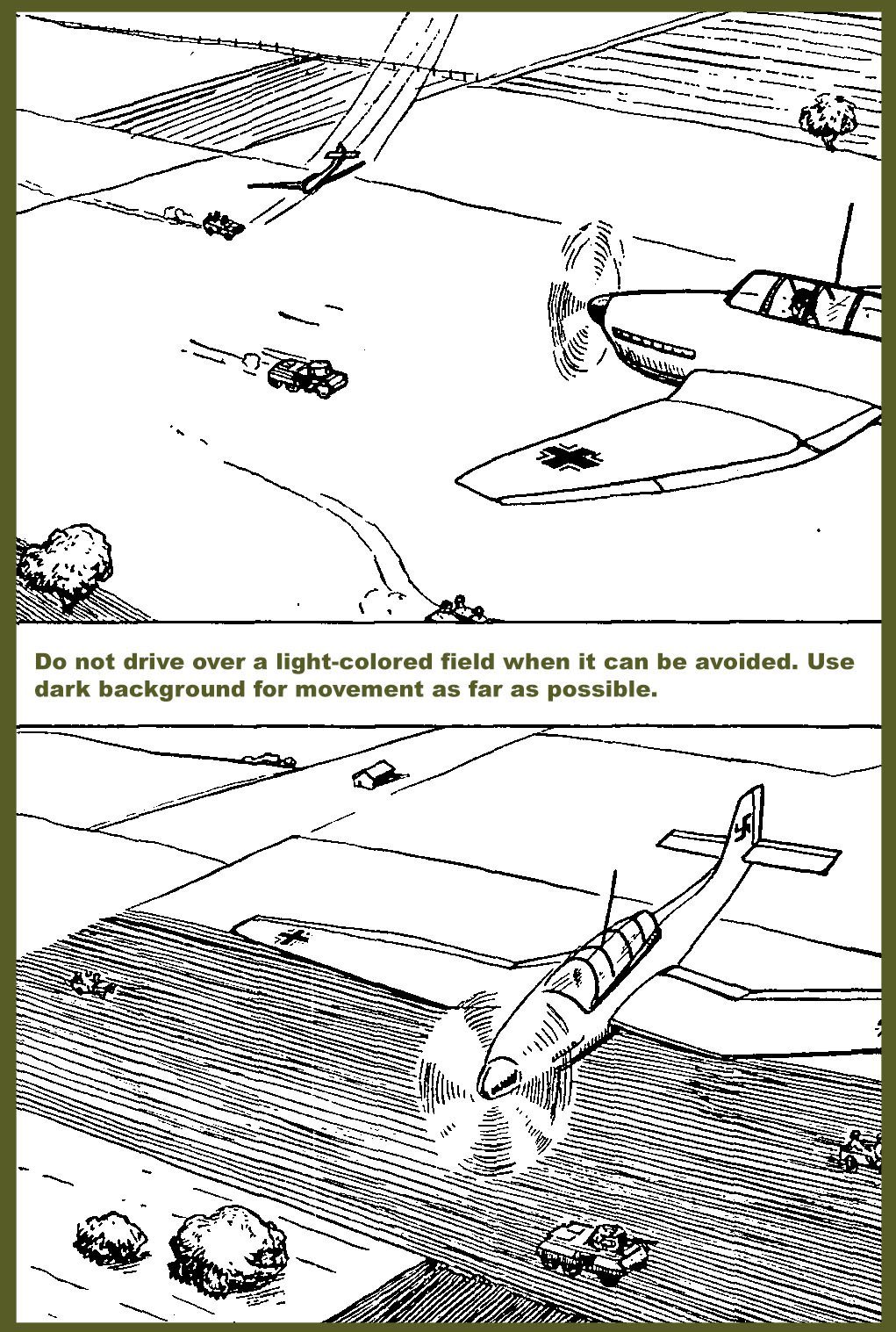
On the 12th of July 1944, 1st Platoon went to Saint-Germain-sur-Ay to mop pup the area with a section of the 3rd. While they were holding a bridge, German mortar fire forced them to withdraw. Men moved West, then turned South toward the town. Only the 3rd Platoon stayed in the outskirts to provide an artillery fire in support. 1st Platoon joined the other two Platoons by nightfall. Upon their arrival, one patrol was sent out to the bridges North of the town. All bridges were blown but German machine gun nests were still active on the other bank causing casualties. Private Garland W. Carter was killed by a bullet and Private Edward M. Peyne was slightly wounded. 1st Platoon decided to withdraw by evacuating the town and bivouacked North of it.
During the morning of July 15th 1944, 3rd Platoon opened artillery fire on the city of Créances and on its area before being relieved by the 106th Cavalry Regiment.
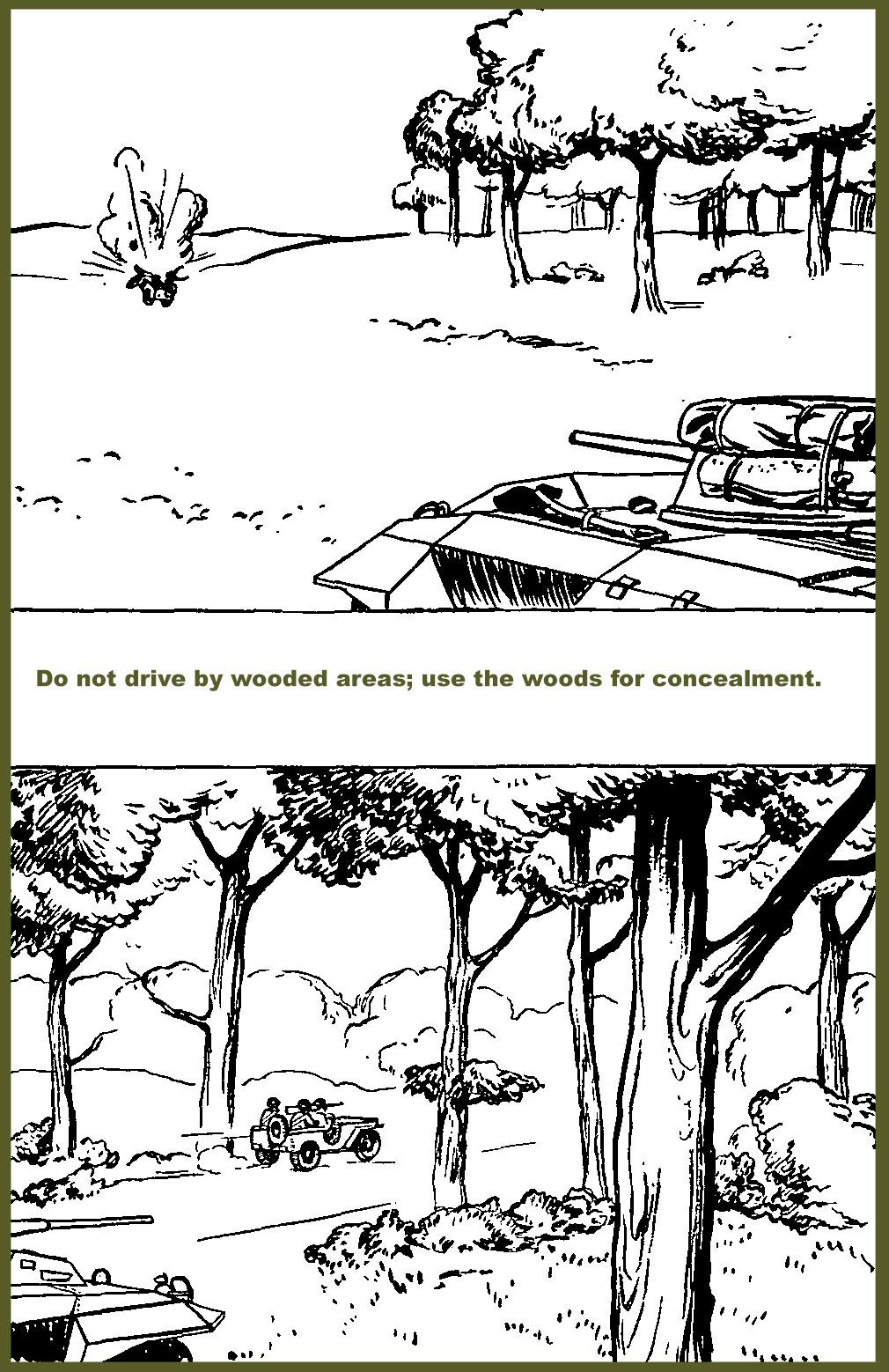
Order of battle? Protect the right flank of the 313th Infantry Regiment. As a battle was raging three hundred yards South of Angoville-sur-Ay, men tried to withdraw because Germans had spotted them. But a friendly minefield prevented them to do so. The only solution? To lay down on the ground while enemy artillery shells were falling all around. Unfortunately, this action resulted in five casualties:
-
Technical 4 Weldon A. Langlay Killed in Action
-
Private First-Class M. Saymarek Killed in Action
-
Technical 5 Robert P. Stumler Seriously wounded in Action then died as result of his wounds
-
Private First-Class Edward M. Gessler Seriously wounded in Action
-
Technical 4 Benjamin F. Gilmore Slightly Wounded in Action
From the 14th to the 26th of July 1944, the 79th Cavalry Reconnaissance Troop stayed in the vicinity of La Haye-du-Puits. There, replacements were received and one month to the day after the liberation of Cherbourg, the 79th Cavalry Reconnaissance Troop continued its advance to the South of La Haye-du-Puits. The 3rd Platoon crossed the Ay river at the East of the city of Lessay behind the 315th Infantry Regiment and the 28th Infantry Division’s zone accomplishing its mission of reconnaissance for the 79th Infantry Division.
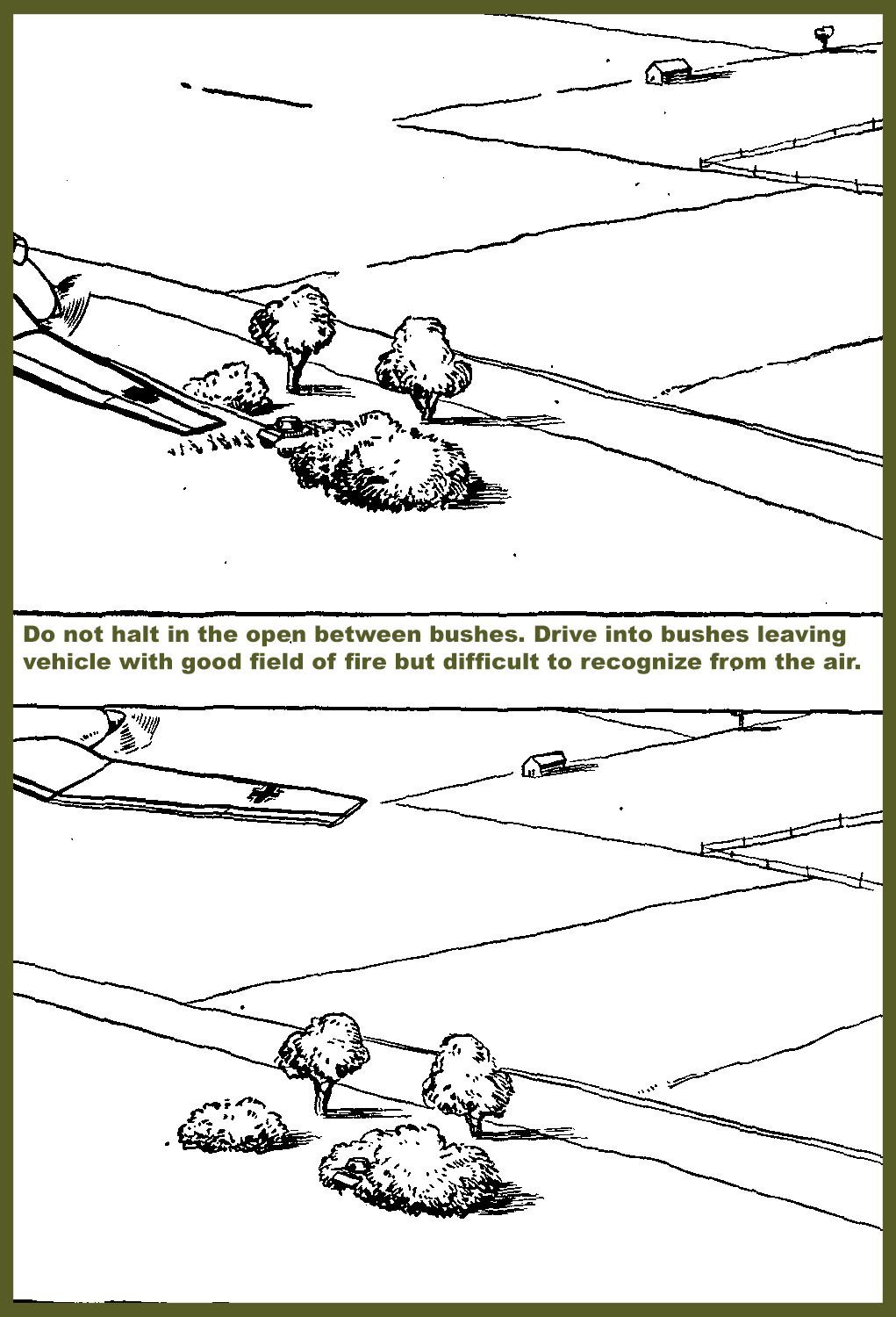
During Operation Cobra (25th to 31st of July 1944) the 79th Cavalry Reconnaissance Troop’s advance was fast, men reached the vicinity of Coutances on the 28th of July by passing through Muneville-le-Bingard. 1st Platoon on its way to Coutances passed by Gouville-sur-Mer, passing thru minefields. Seven German soldiers were captured, they were with a half track and trailer loaded with supplies and ammunitions. 3rd Platoon continued on its way and by the 29th of July succeeded to reconnoiter the Siame river between the cities of Coutances and Agon-Coutainville.
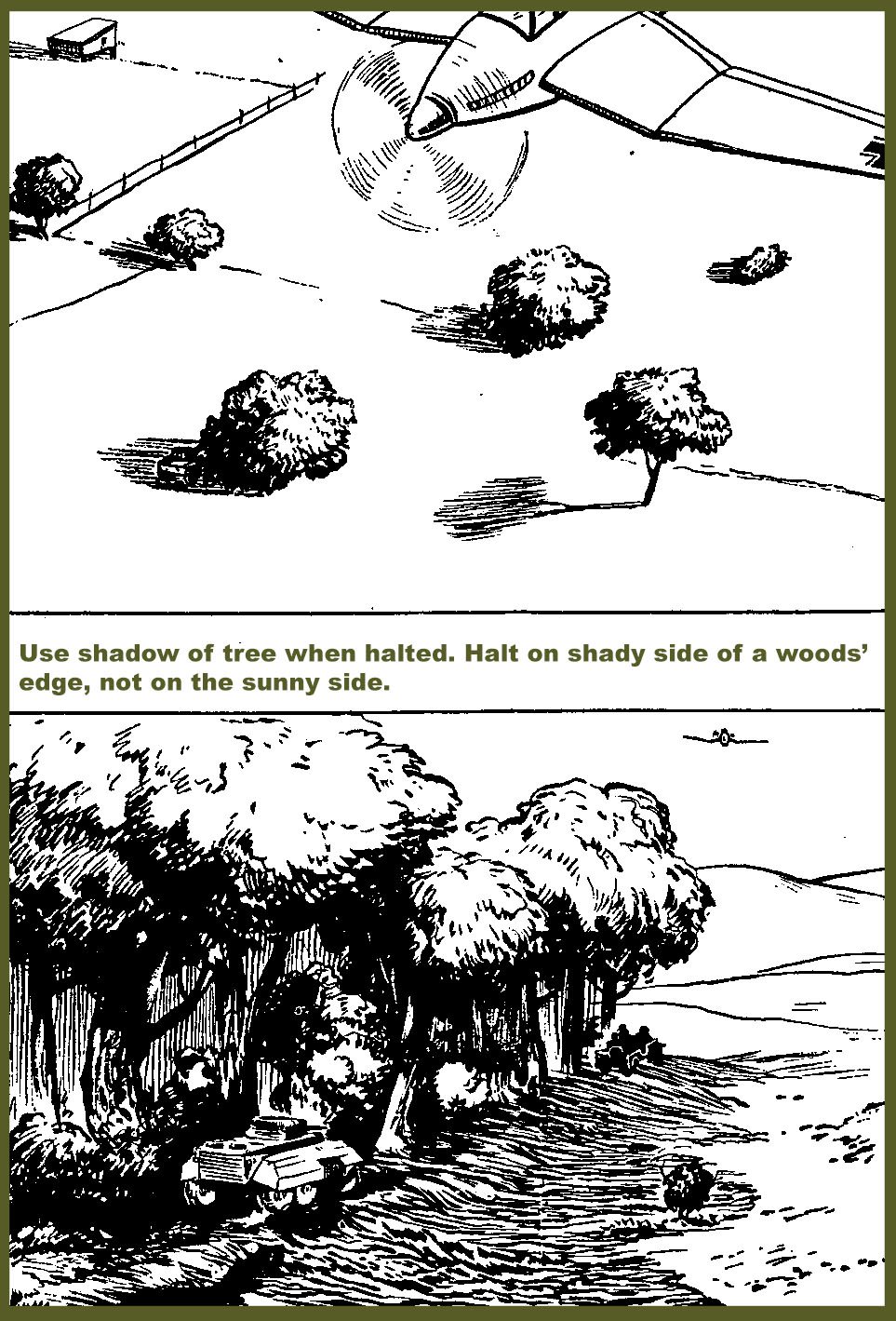
On the 30th of July 1944, the forward Command Post was set up at the Village au Pelley. The 1st and 3rd Platoons crossed the Siame River to make a rapid reconnaissance in the Division axis of advance: Coutances, Bréhal and Granville. One section of the 2nd Platoon made contact with the 6th Armored Division.
Operation Cobra which had the purpose to destroy the German forces once and for all in Normandy, the roads to Brittany and to Paris were not opened yet.
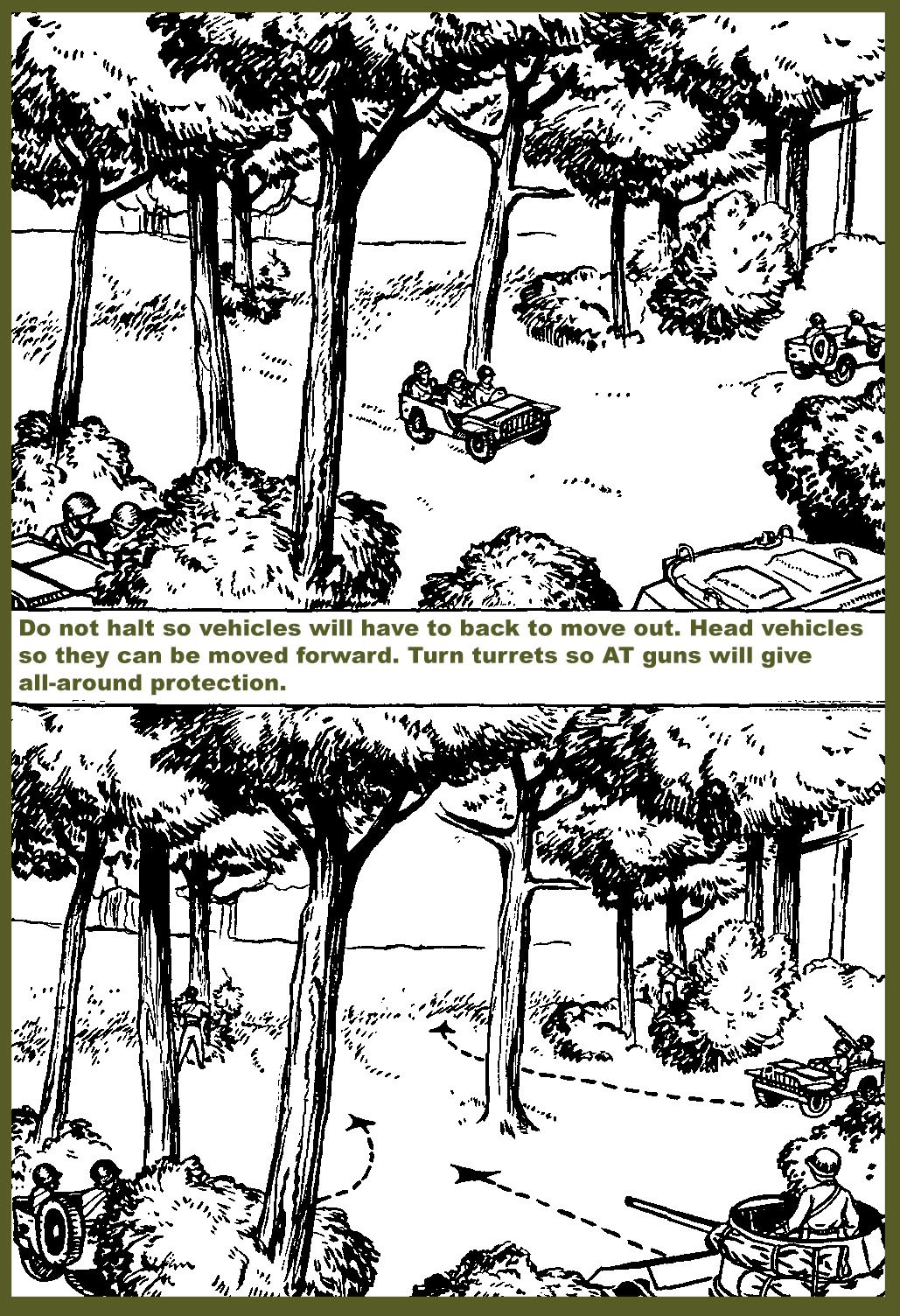
The 79th Cavalry Reconnaissance Troop continued to encounter minefields, antitank guns on its way. (Minefields were cleaned out at the East of Le Pont Guyot, two 20mm Antiaircraft guns were silenced out at Saint Martin le Vieux)
It was only on the last day of July, on the 31st that the first reconnaissances of Granville and Sartilly were accomplished.
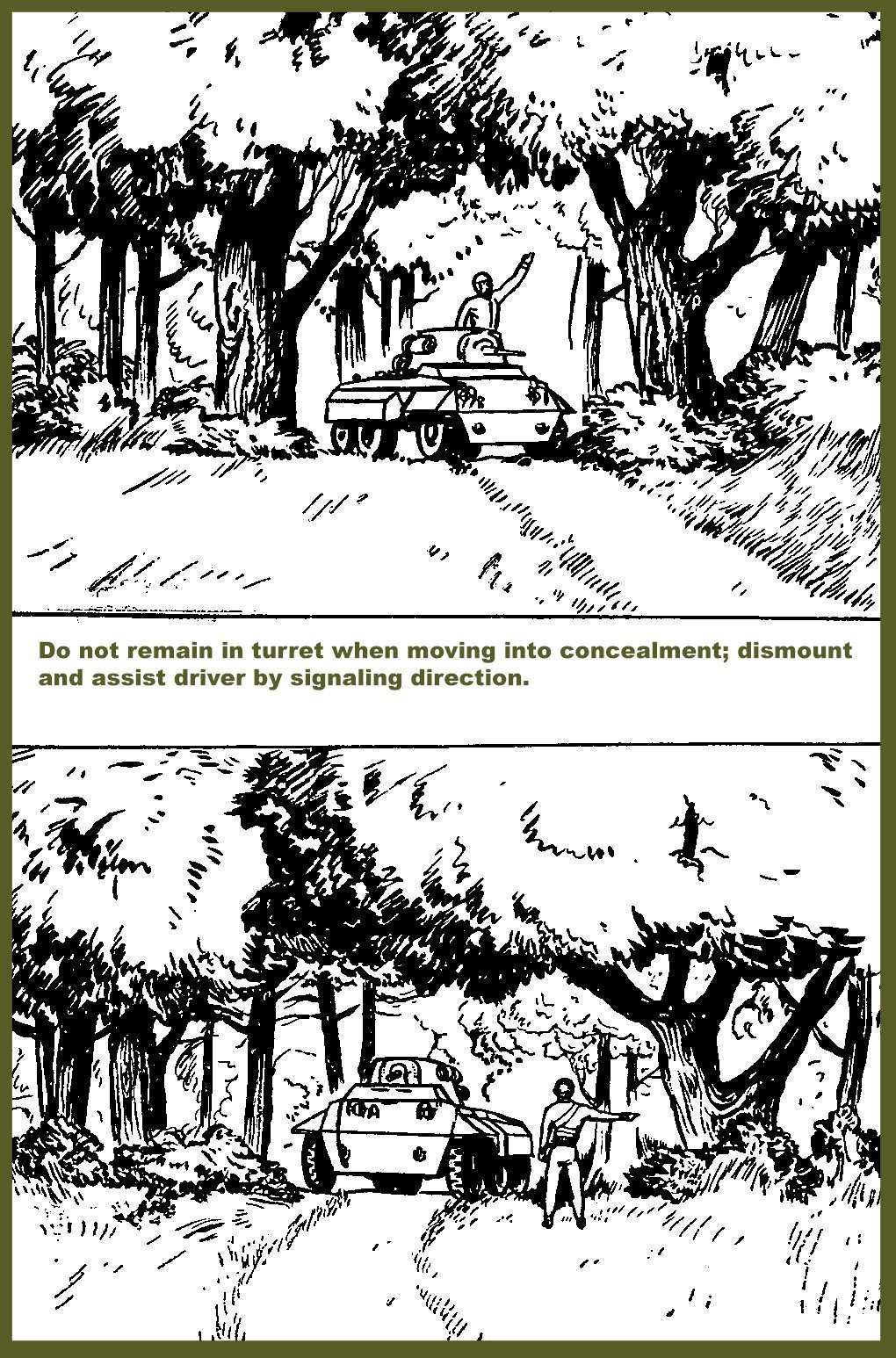
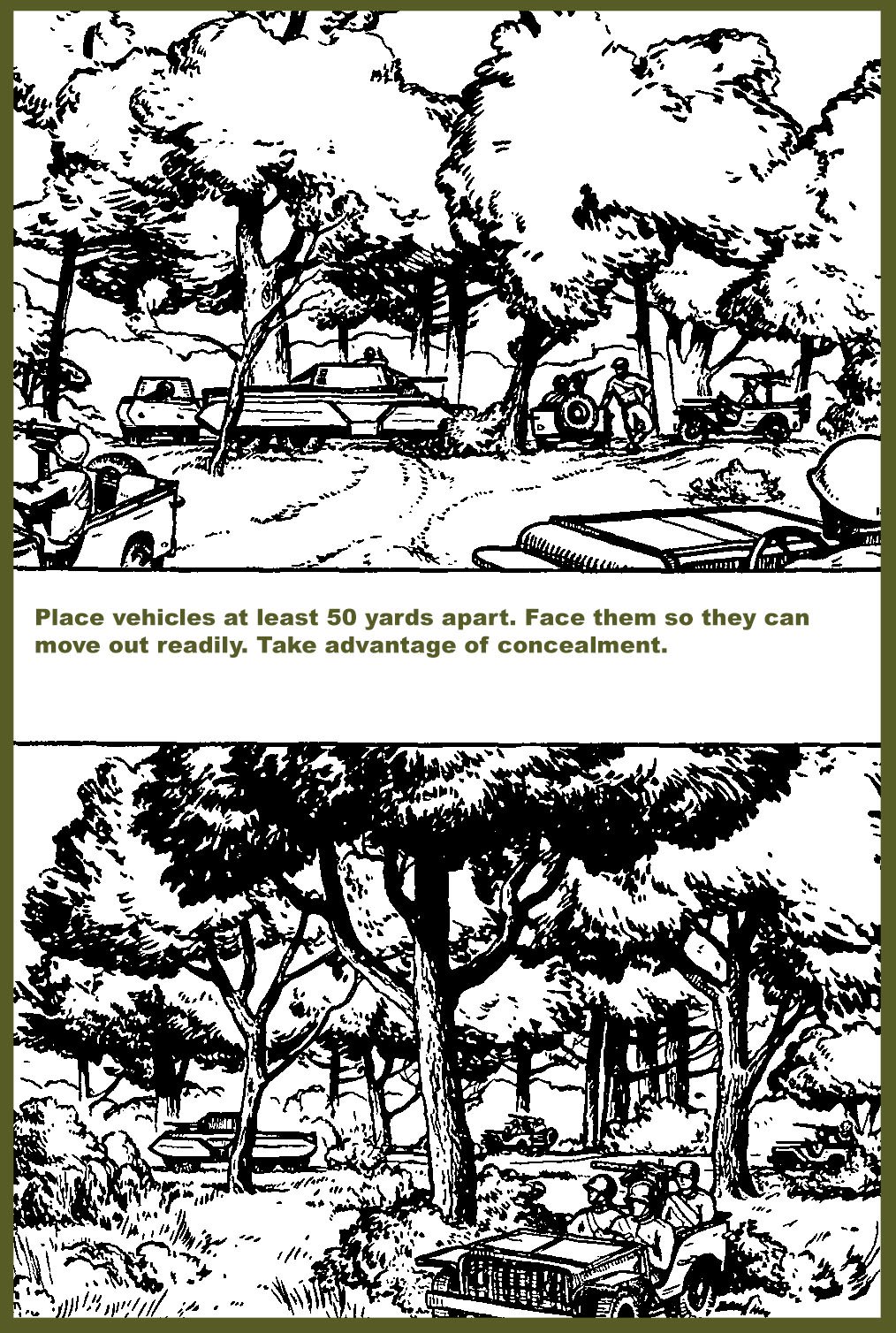 Written by Pierre Fallet, WWII Trainee of Normandy American Heroes
Written by Pierre Fallet, WWII Trainee of Normandy American Heroes

















